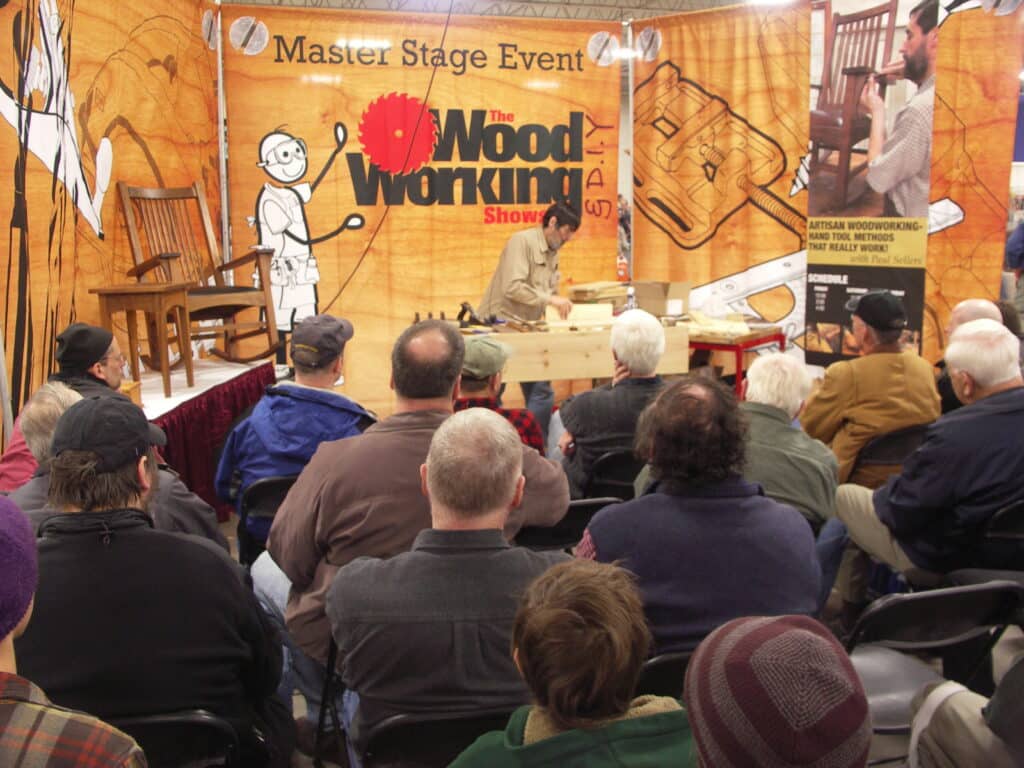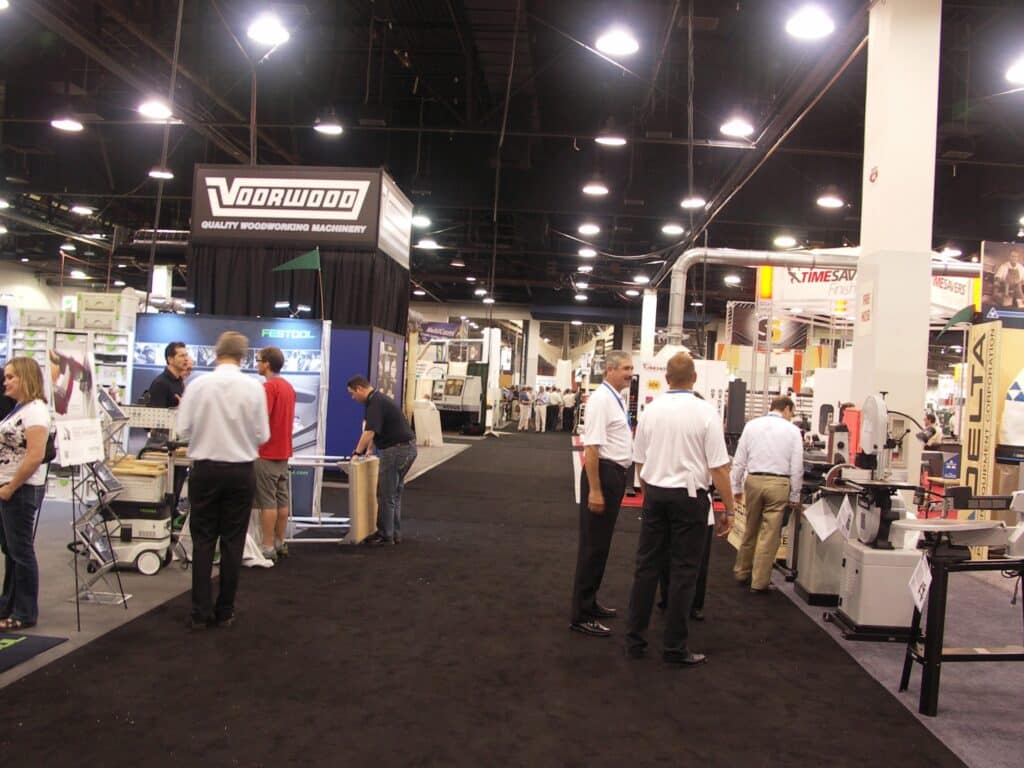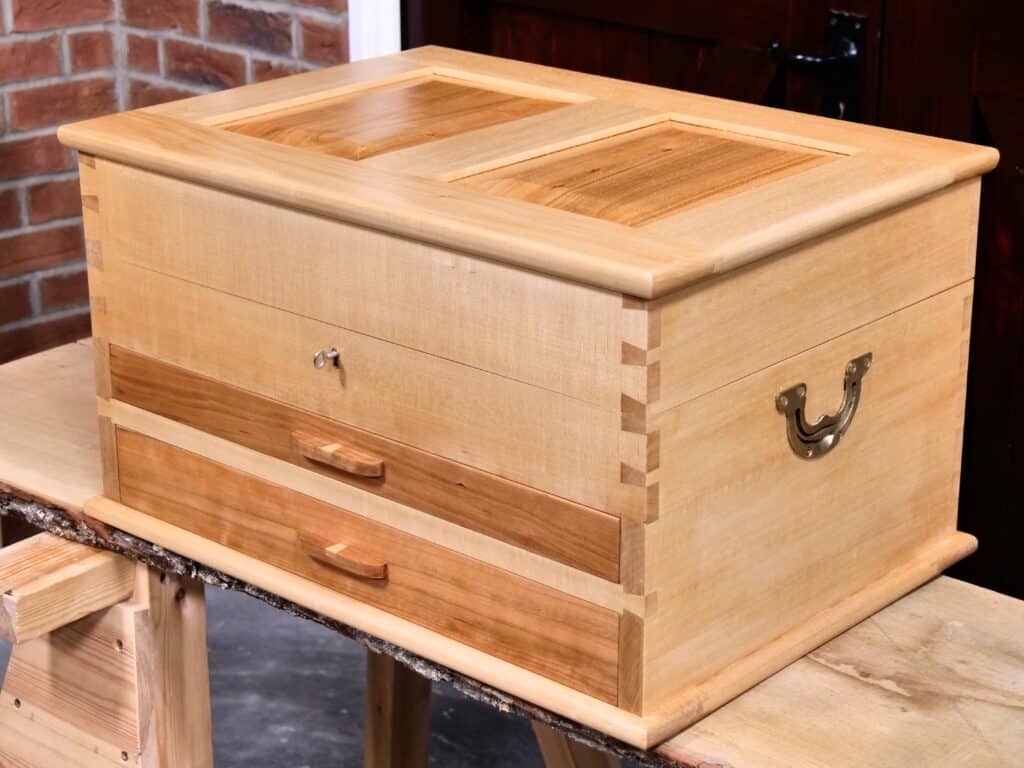And I Sang a Different Song
I go into Oxford on the bus each week to choir practice for a two-hour session. I am a novice chorister in an Oxford-based choir made up of like-minded people who volunteer into the event where everyone sings their hearts out to make sound happen for others. You’ll see where I am coming from in just a minute.

We’ve come a long way in the last decade and a half. When you run a marathon the first stage of the run seems a daunting distance away from the qualifying pass point. At the halfway point the narrowing distance becomes more apparent with each stride and you are encouraged by this mystical transformation in your spirit. Sometimes, in any race or challenge, the start can be more painful than you thought as you push your body and mind to engage whatever opposition you feel. You might even find yourself a little disoriented. I’m still in the early days of a work that began in the late 1980s, even though I feel at last that I have passed many pivotal moments that seemed then to be about the halfway mark. Even keeping up the steady pace where distance becomes the greater challenge in a non-competitive run, I still have some way to go. My opposition was never the distance, the number of runners, the heat, the muscle pain or the brain aching for a break. It was quite simply the unknown. In those first days, there was no template, no one to copy or emulate. It just did not exist for a lone individual to have the audacity to think that he could become anything other than just a carpenter.

When I went to woodworking shows to demonstrate back then, every other booth there was owned and manned by the machine manufacturers of the day and of every type you could imagine. I found those opposing me, the scoffers there at the show, were brothers in the trade. Alongside the machine manufacturers were the magazines paid by their advertisers next door and they too had over 50% of their pages dedicated to advertisements promoting machines alongside their articles promoting machine-only methods of woodworking. But then the audience by way of attendee woodworkers were not split fifty-fifty but more like a thousand to one. How could hand tools possibly be progressive? Who was this guy in an isolated booth 10 feet by 10 feet paying a month’s income for the tiny space and shoved to the back of 80-foot by 80-foot spaces dominating row after row with masses of every kind of static and hand-held machinery? Bosch, Dewalt, Black and Decker, Milwaukee, Festool and a gazillion other entities took premium space promoting machine-only methods together with a thousand pieces of support equipment in guides, gadgets and very noisy gizmos and here I was with four chisels, a Stanley plane, a gents saw, tenon saw, a coping saw and an oilstone. I talked about knifewalls and eyeballing a dovetail that fits perfectly straight of the dovetail saw a chisel chop and a coping saw. But one by one over twenty years, my last show was in 2012, my audience grew and became ever-more supportive in the process. Converting woodworkers to hand tools was a slowish process but that was mostly because they didn’t believe in themselves. I am not sure what the percentages were for professional woodworkers versus amateurs was or is but I am now convinced that amateurs outnumber professionals internationally twenty to one. Hence the dedicated onslaught by machine makers promoting their wares and dominating almost every show venue there is.

So hovering there in the background of the behemoths where their audience participants are known as “the punters“, I found pockets of people searching for something, well, could it be something just more real? Something that would cost them but not in money, more an endeavour to test themselves. My marathon was no competition at all but the measured pace of what we once knew not as the marathon runner but the loneliness and isolation of the long-distance runner. I really wasn’t a part of the two show choirs consisting of sellers and buyers selling anything at that time. No classes, no tools or equipment, no books. I was not singing the same songs and neither was I singing from their hymnsheet. No one asked for me to be there. I simply volunteered into my ideal that hand tool woodworking should not die but not because of preservation or conservation, I hated the idea of my craft becoming part of some kind of living history museum even though I do see the value in the educating elements of it. It was ever important to me for people to discover that the art of hand tool woodworking was alive and well if not alive and kicking for those who understood that there is no competition between hand tools and machines: to catch a glimpse of the reality that cutting a dovetail by hand would be faster and more efficient than setting up jigs and guides for a power router. There really is not much real connection between hand tools and machines. Machinery is a type of conversion minimising the need for hand skills to adopt a more industrial way while the other is an ever-expanding art. The one becomes industrially exclusive because we don’t all want industry in the backyard garage workshop and the other offers inclusivity because we seek ways of exercising our whole being in every way possible.

I think that most people think that their country is the best or even better than the rest and the ones with the biggest voices are often the most likely to be heard for different reasons. For those of us in smaller places, occupying our limited spaces, well, wherever we put our foot is or soon becomes our personal and personalised land of opportunity. It’s here that we seem always to plant and grow, sow seeds of hope to show others a new or an old way and all the more when we live to make because making is indeed the end result; our work is less to do with what we make but the how-to of it. A man we know really little of wrote for others to follow saying “My hands have supplied all of my needs and the needs of others also.” What a remarkable thing to live in such success in the provision of others alongside his own. For the longest time, in my younger years, I never really thought of it that way, that we are here to provide for our needs and the needs of others by the work of our own hands. My early days of dedicated woodworking shows in the USA were not for crafting artisans in a craft fair setting but massive selling venues where hundreds of thousands of woodworkers would look for machines and equipment. In those early days, I was definitely the needle in the oversized haystack, pushed somewhere near to the back wall only the most dedicated determined to see everything for their buck would make it to find the oasis in the desert.
In the beginning, there seemed almost no choir to preach and that is because I experienced shut-down and glazed over eyes if and when I pulled out a Stanley ¢4 to but today that’s changed markedly. look at what we have achieved in our service years to the world of hand tool woodworking. We are such a tiny team. Did you know that through this past decade, our team for all we do comprises only five and sometimes six people? We have never failed to put out an instructive video on woodworkingmasterclasses.com every week and I have written 3123 extensive blog posts of instruction and information. I wrote my foundational, project-based course for hand tool woodworking (currently being revised and updated) and followed on with a near 500 page book Essential Woodworking Hand Tools. We’ve hosted and managed our different platforms including (believe it or not) unpluggedshop.com which we simply host for other hand tool bloggers worldwide and take no income from This might answer those who comment along the lines of, “Paul’s way is the only way!” Those with a blog focussed on their working with hand tools and the encouragement thereof can post posts on unpluggedshop.com Common woodworking is our introduction to woodworking for those seeking to better understand the basics of how to do it. Go to commonwoodworking.com and its free once more with no adverts and no kickbacks or free suppliers from tool makers and distributors. Woodworkingmasterclasses.com is where we host both a free subscription along with a more in-depth paid-for membership and of course there is much more alongside that is no less of a major contribution to the woodworking world whether that is for purist hand tool users or machinists. The basis for everything I have taught came firstly from my background as a lifelong, lifetime maker with the bolt-on of teaching woodworkers (a mere 6,500 of them) in hands-on at-the-bench classes in the evenings and weekends for three decades. I know, this is a bit of a brag. But you, yes, I am referring to the most important part in this, YOU! You were the reason I kept going and never gave up when retirement age 65 came and my pension was there on time. Eight years on I still have no plans to retire because I am not done yet and the choir is not yet big enough for the craft to be part of every lifestyle woodworker.



THANKS
Thank you Paul for persevering! Your efforts and of your team of friendly, helpful people have changed my life. No, your way may not be the only way but you have never said anything other then it’s the way you’ve chosen. Looking for answers to a couple of simple questions I discovered a life changing lifestyle of woodworking! Thank You, I will always love to listen to your choir sing.
I must thank you too for all your work in these years. I found your channel and your work in 2016 and my focus on woodworking has changed completely since then. I thought that I wouldn’t be able at all to work s a classic woodworker. I dreamed about planning, sawing and making joinery as the woodworkers I admired when I was a boy, and now I can think it is possible. I’ve learned how to sharpen, how to cut, how to plane and a lot of things else warching you and you work.
I’m an engineer in in a chemistry industry job, but when the work ends until the next day, I found myself thinking about being in the silence of my home workshop and working in my woodworking projects.
All of this wouldn’t have been possible without you and your work, so I must say THANK YOU. Thank you for being that woodworker I would have liked to be and for your labour in teaching us how to be it too, or at least try to be it.
Thank you very much from Spain.
Julio.
Good morning Paul,
I have had an interest in hand tool woodworking for the past 15-20 years or so, having made a few bits & pieces for myself & family. Since coming across your blogs, videos & website at the end of last year you have inspired me to pursue my interest further & attempt more complex projects.
My day job is uninspiring but it does come with one benefit, I work one week on one week off. Doing some woodworking on my off weeks & sometimes in the evenings is a balm for the soul. Without your dedication & selfless work I do not believe I would have the confidence to test my skills. I am very much at the beginning of my journey, long may it continue.
Thank you very much for your commitment,
Rob
Thank you, Paul, for that wonderful quotation. And thank you even more for following your namesake, both in working with your hands and running the race.
Thank you, Paul! I found my way to you as a complete novice who felt attracted to woodworking and refused to believe the surprisingly popular notion that one needed tens of thousands of dollars’ worth of machine equipment just to build a bookcase. Seeing you work with hand tools—even just the way you handled and regarded the wood itself—proved to me what anyone might realize for themselves with a moment’s reflection: that since the finest woodworking achievements of the past were accomplished with hand tools and their time-tested methods, what is really needed to enter the craft isn’t money so much as it is education and dedication. And you provide not only the former but also the inspiration needed for the latter. Although my full-time work in education leaves me with less bandwidth for woodworking than I wish, you remain a constant source of inspiration and information, one that I know I can always turn to for help in getting a project underway.
Any idea when the updated Working Wood 1&2 (or whatever you plan to call it) will be ready?
Thanks for sharing all your knowledge and experiences!
I made a stowage box from scrap hardwood for the bilge valve key on our LifeBoat.
I made a house for our local population of pipistrelle bats (delightful little creatures, how I love them) .It’s weatherproof and predator proof and I’ll have to do it again in three or four years because I won’t use chemically treated wood which might be harmful to them.
I made a rocking chair for my three year old great-granddaughter which should survive for her great-granddaughter.
A few examples.
All of these things were possible because of what you showed me and none would have worked without it. Money could not have bought what I have gained.
Thanks Paul.
My first interest in hobby manufacturing in both wood and metal was piqued by what are mostly considered historical methods. So some of my first tools were saws, files, hammers, and planes.
Having to give up shop space for apartment life and working away from home caused me to shift to technical hobbies, like computer programming, building radios, etc.
By the time I regained shop space, life had become filled with a variety of obligations and other interests (including playing in a British-style community Brass Band). With time at a premium, I felt that power tools were the answer. To a certain extent, they were. I find a well engineered and constructed machine to be a thing of beauty and a pleasure to use.
But I’ve left the rat race and the nest is empty and time is no longer a scarce resource. I find myself once again drawn to working with hand tools and a very small collection of nice machines. My new shop will have my hand tools at my finger tips and my machines (except my bandsaw) stored on high, out-of-the-way shelves.
Thanks for keeping the flame alive while I wandered.
The choir may not be big enough but it is certainly growing – 588,000 subscribers on youtube! I can recall not that long ago celebrating 500,000.
I count myself fortunate to have stumbled across your channel when I finally decided to put my woodworking dream into action. Watched the garden workbench series and week by week put my workbench together. Bought second hand planes and other tools on ebay, and away I went.
I now spend most weekends at that bench, and it is the most fun I have ever had. I am painfully slow at getting things made, but still improving, with that north country voice in my ear saying “Accuracy, accuracy”.
So like many others here I want to thank you for your teaching, energy and inspiration. I am about to make a second bench, the later pine version. I think I will do a better job of it this time.
Paul, do you still let people come work with you?
Yes. Currently I have two with an additional one as yet uncertain. But this is not something people can really just come and be a part of so no I don’t go out looking for individuals and neither can someone really apply. I base my accepting someone on a more organic symbiosis.